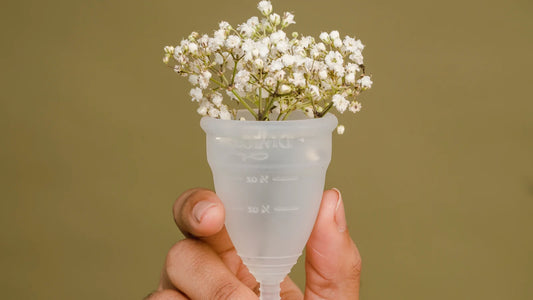
What gives period blood its color & why does that color fluctuate?
Period blood can be a wide variety of colors, not just the typical red associated with blood. This can include brownish red, browns, and deep reds. Browner and darker hues of blood could be due to the process of oxidation where older blood has been exposed to oxygen for a longer time, therefore changing the color. Meanwhile lighter shades of red merely mean that the blood is newer and has not had the time to oxidize and get darker. Nonetheless, changing colors is entirely normal!
The color of your period blood relates to how long the blood has been in the uterus. You may see bright red blood on your heaviest days and brown blood on your lightest days. Black or brown is usually old blood, which has had time to oxidize, changing the hue. The deep color may merely mean that the blood has been in the uterus for a while. Dark red blood is associated with the end of your period. You may also see this color blood toward the end of your normal menstrual period as your flow slows. However, if you notice any bleeding in between your periods, it could be a sign of menstrual irregularities or sexually transmitted infections. If you see bright red blood before your period, contact your doctor. Your blood may appear pink in color at the beginning or end of your period, especially if you’re spotting. This lighter shade usually means that the blood has mixed with your cervical fluid. Blood may appear orange after it mixes with cervical fluid. If you see gray, green, or yellow discharge, call your doctor as these could be a sign of infection. If you think you may be pregnant and have any bleeding, see your doctor.





























